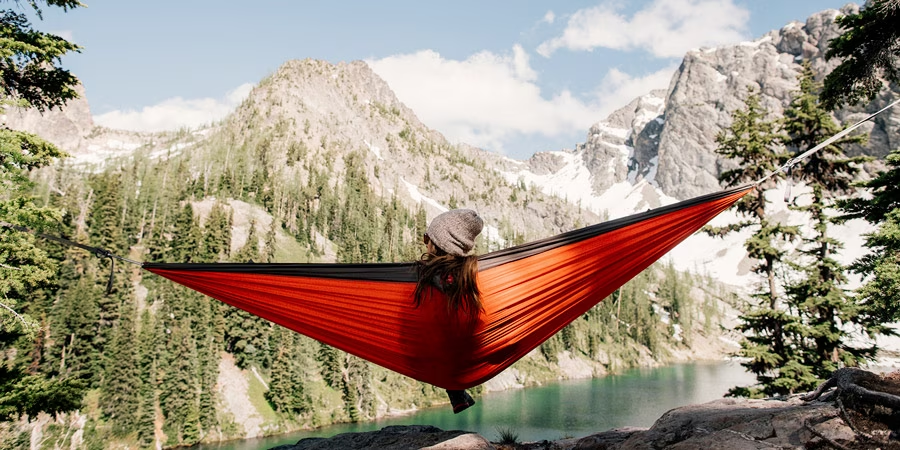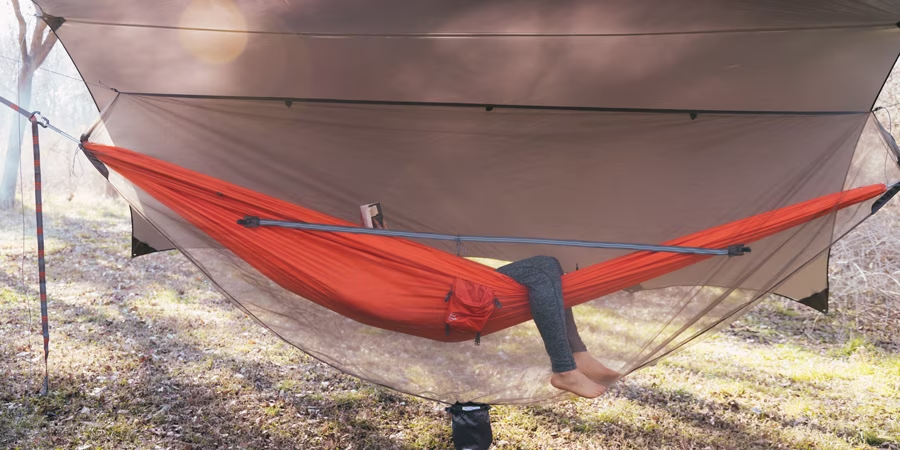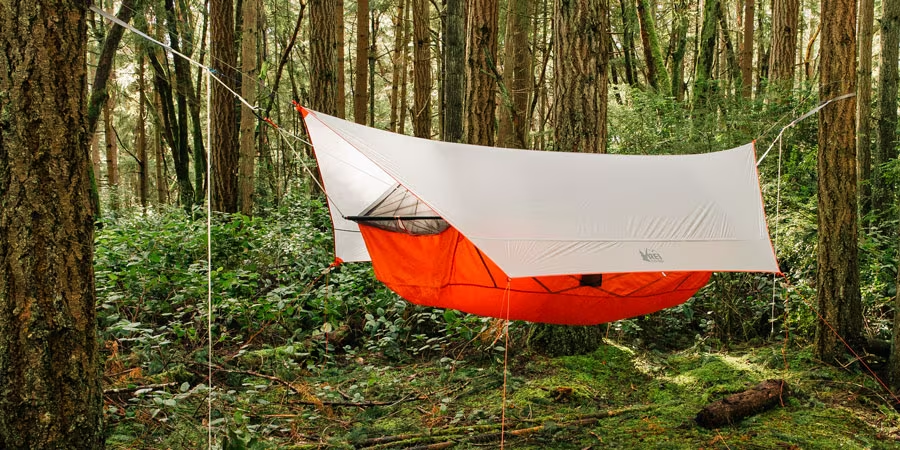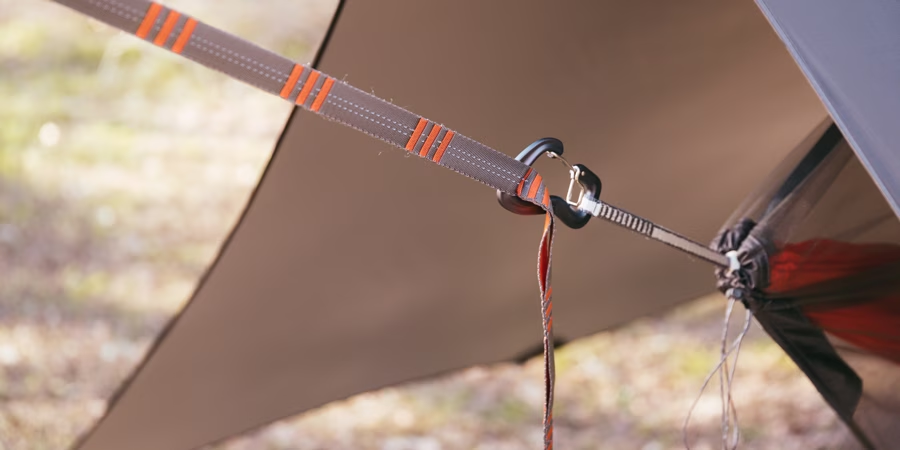



How to Choose a Hammock?
Hammocks have become popular outdoor gear for relaxation and sleeping under the stars. If you're considering buying a hammock, there are several factors to keep in mind:
Size: Choose between a single or double hammock. While most people opt for a double hammock for added comfort, singles are lighter and more suitable for backpacking. The weight capacity for singles typically ranges from 250 to 400 pounds, while doubles can hold 350 to 500 pounds.
End use: Consider your primary purpose for the hammock. If you plan on backpacking, prioritize a lightweight hammock. For camping and casual hangout time, durability becomes more important.
Accessories: A suspension system (straps) is necessary for setting up the hammock. Other popular accessories include underquilts for cold temperatures, tarps for rain protection, and bug nets. Ensure that the suspension system is at least 0.75 inches wide to avoid tree damage.
Hammock tents and sleep systems: Hammock tents come with all the necessary components for overnight sleeping. You can also build your own system by starting with a hammock and adding accessories later to create a personalized backcountry or camping shelter.

Hammock Sizes and Specifications:
When choosing between single and double hammocks, consider the following:
Single hammocks: Typically 4 to 5 feet wide, single hammocks are lighter and more suitable for backpackers. They provide a less spacious lounging or sleeping experience and have weight capacities ranging from 250 to 400 pounds.
Double hammocks: Usually 5 to 6 feet wide, double hammocks offer more space and the option for two people to share. They have weight capacities between 350 and 500 pounds.
Hammock Length: Unless you are exceptionally tall, you don't need to worry much about the length of the hammock. As a general guideline, look for a hammock that is at least 2 feet longer than your height.
Hammock Fabric: Some hammock models list a specification called "denier," which indicates the fabric's strength. Higher denier numbers indicate more robust fabrics, while lower denier numbers are lighter but less durable. Consider your needs for durability versus weight when selecting the hammock fabric.
Hammock Accessories:
While most accessories are compatible with any brand of hammock, pay attention to product descriptions for compatibility. Common accessories include:
Suspension system: Hammocks often come with carabiners, but tree straps may need to be purchased separately. Ensure that the straps are wide enough to avoid tree damage.
Underquilt: For insulation underneath the hammock during cold weather, an underquilt is recommended. It provides better warmth than using a sleeping pad inside the hammock.
Rain tarp: Hanging a rain tarp above the hammock provides protection during rainy conditions. Consider larger tarps for better coverage.
Bug net: Look for bug nets that offer 360-degree protection, including the underside of the hammock. Ensure the netting is designed to keep out small pests like gnats.

Hammock Tents and Sleep Systems:

Hammock tents provide an alternative to traditional tents for overnight camping. Consider the following pros and cons:
Pros of Hammock Tents/System:
Cons of Hammock Tents/System:
Hammock Setup Tips:

Consider the following tips when setting up your hammock:
Aim for a 30-degree strap angle: This angle provides a comfortable balance between support and sag. If you can't achieve 30 degrees, go steeper rather than having a flat pitch.
Sleep at an angle: Angle your body about 10-15 degrees away from the centerline to minimize strain on your back.
Expect to be colder than in a tent: Hammocks expose more surface area to cold air compared to tents. Use a good underquilt and consider using a warmer sleeping bag.
By considering these factors and tips, you can choose the right hammock and accessories to enhance your outdoor experiences.
